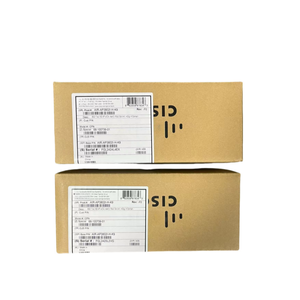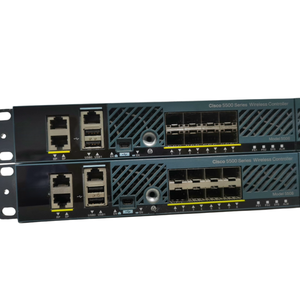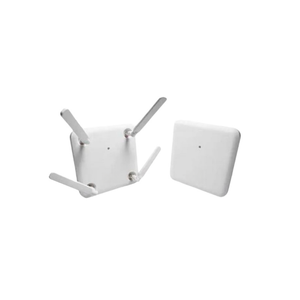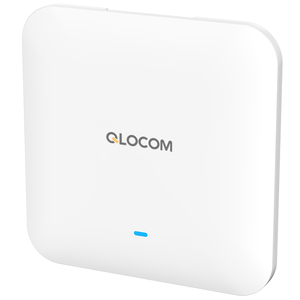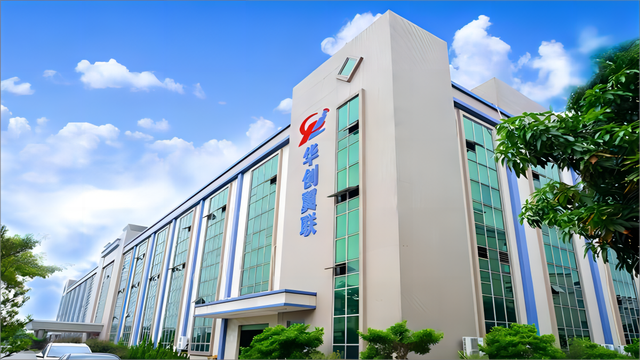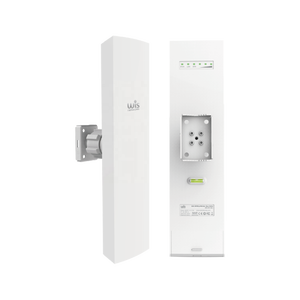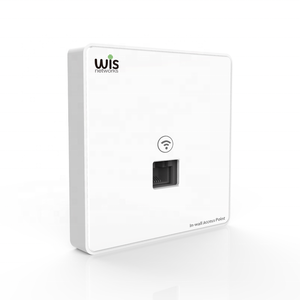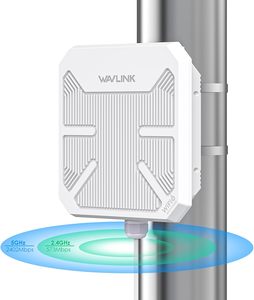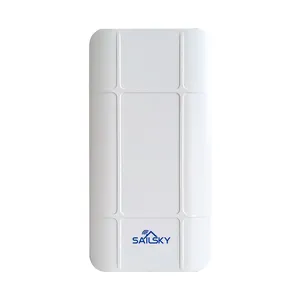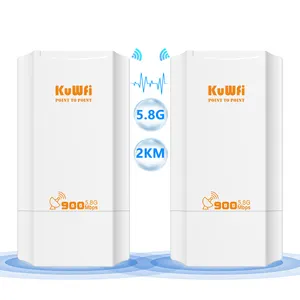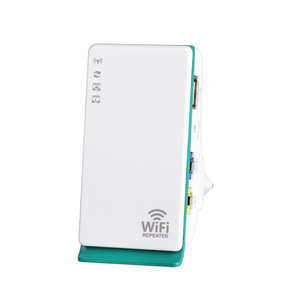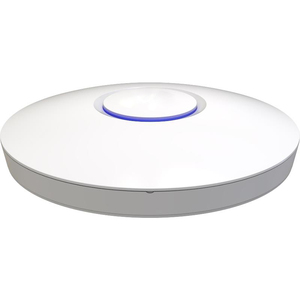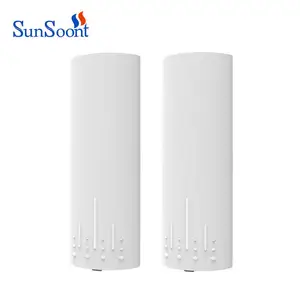Point To Point Access Point Producer


 Top sponsor listing
Top sponsor listing




 1/3
1/3













 1/3
1/3




 1/3
1/3


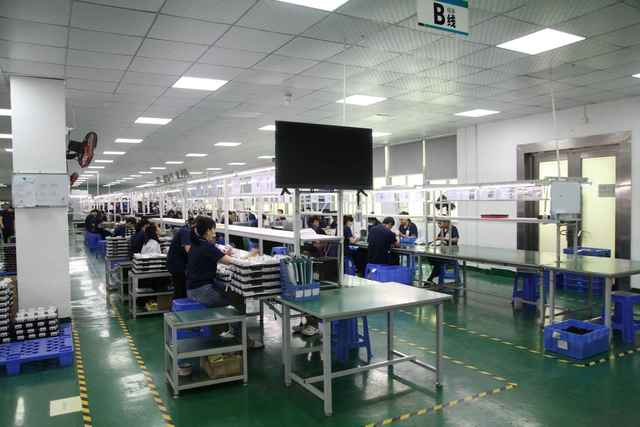

 1/3
1/3








 1/3
1/3





 1/3
1/3



 1/3
1/3




 1/3
1/3





 1/3
1/3










 1/3
1/3




 1/3
1/3




 1/3
1/3






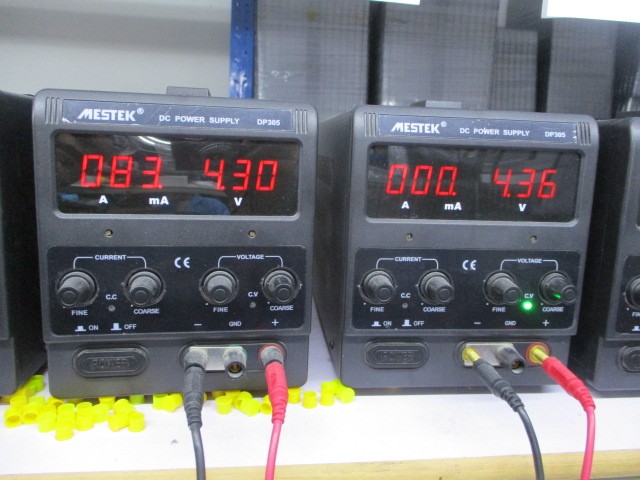

 1/17
1/17








 1/22
1/22




 1/3
1/3




About point to point access point producer
Where to Find Point-to-Point Access Point Producers?
China remains the central hub for point-to-point (PtP) wireless access point manufacturing, with Shenzhen and Beijing emerging as key production clusters. Shenzhen's electronics ecosystem enables rapid prototyping and high-volume output, supported by integrated supply chains for RF components, PCBs, and antenna modules. The city accounts for over 70% of China’s enterprise-grade wireless networking hardware exports, offering buyers scalable production and competitive unit pricing. Beijing-based manufacturers focus on specialized long-range and outdoor PtP solutions, often integrating advanced signal amplification and interference mitigation technologies.
These regional hubs provide operational efficiencies through vertically aligned production—encompassing firmware development, RF testing, and environmental validation—within compact geographic zones. Suppliers benefit from proximity to Tier-1 component vendors and certification labs, reducing time-to-market by up to 30%. Buyers gain access to flexible MOQs (as low as 1–2 units), fast turnaround times (typically 7–15 days for sample orders), and cost advantages due to localized sourcing. Average production costs are 20–35% lower than equivalent Western manufacturers, particularly for outdoor-rated and long-distance models exceeding 5km range.
How to Choose Point-to-Point Access Point Producers?
Procurement decisions should be guided by structured evaluation criteria to ensure technical reliability and transaction security:
Technical Capability Verification
Confirm support for key PtP specifications: frequency bands (5.8GHz, 900MHz), modulation schemes (OFDM, MIMO), and throughput levels (up to 900Mbps or higher). Validate compatibility with standard power-over-Ethernet (PoE) inputs and outdoor IP ratings (e.g., IP65). For mission-critical deployments, require documentation of EMI/RF shielding, temperature tolerance (-30°C to +70°C), and FCC/CE/RoHS compliance.
Production & Customization Capacity
Assess supplier infrastructure based on the following indicators:
- Minimum monthly output capacity exceeding 5,000 units
- In-house R&D teams capable of firmware customization (e.g., VLAN tagging, WPA3 encryption, mesh integration)
- Support for OEM/ODM services including logo printing, packaging design, and band-specific tuning
Cross-reference product listings with reorder rates and response times to gauge operational responsiveness and customer retention.
Transaction Risk Mitigation
Prioritize suppliers with verified on-time delivery performance (≥97%) and participation in third-party trade assurance programs. Conduct factory audits via video walkthroughs to confirm assembly lines, testing bays (e.g., anechoic chamber use), and quality control checkpoints. Request pre-shipment samples to evaluate build quality, signal stability, and default configuration interfaces before scaling orders.
What Are the Best Point-to-Point Access Point Producers?
| Company Name | Location | Main Products | Online Revenue | On-Time Delivery | Avg. Response | Reorder Rate | Customization |
|---|---|---|---|---|---|---|---|
| Beijing Haojie Weiye Network Technology Co., Ltd. | Beijing, CN | Enterprise Wireless Access Points, Fiber Optic Equipment, Enterprise Switches | US $50,000+ | 100% | ≤2h | 60% | No |
| Shenzhen Toptoday Network Co., Ltd. | Shenzhen, CN | Enterprise Wireless Access Points, Fiber Optic Equipment, Routers | US $10,000+ | 100% | ≤11h | <15% | No |
| Shenzhen Weizhi Internet Technology Co., Ltd. | Shenzhen, CN | Long-Range Outdoor PtP Bridges, WiFi Extenders | US $50,000+ | 99% | ≤2h | <15% | Yes |
| Shenzhen Mosslink Technology Co., Limited | Shenzhen, CN | PtP Wireless Bridges, Routers, Surveillance Systems | US $60,000+ | 97% | ≤3h | 19% | Yes |
| Shenzhen Meiweisi Technology Co., Ltd. | Shenzhen, CN | WiFi 6 Access Points, Repeaters, IoT Solutions | US $3,000+ | 100% | ≤9h | <15% | No |
Performance Analysis
Beijing Haojie stands out with a 60% reorder rate—the highest among listed suppliers—indicating strong customer satisfaction, likely driven by consistent quality and responsive communication (≤2h average). Shenzhen Weizhi and Mosslink offer customization capabilities, enabling tailored firmware, antenna configurations, and industrial design modifications, making them suitable for niche applications such as rural broadband or industrial IoT. While Mosslink leads in online revenue ($60,000+), its 97% on-time delivery rate is the lowest, suggesting potential fulfillment risks under peak demand. All top-tier suppliers maintain 100% on-time delivery except Mosslink, emphasizing the need to balance capability with reliability when selecting partners for large-scale deployments.
FAQs
How to verify a PtP access point producer’s technical compliance?
Request copies of CE, FCC, and RoHS declarations and validate test reports from accredited labs. Verify operating frequency alignment with local regulatory standards (e.g., 5.725–5.875 GHz in most regions). Confirm PoE compatibility (802.3af/at) and surge protection ratings (≥6kV) for outdoor installations.
What is the typical lead time for samples and bulk orders?
Sample delivery takes 5–10 days after payment confirmation. Bulk production lead times range from 10–20 days depending on order size and customization level. Express shipping adds 3–7 days for international delivery.
Do manufacturers support OEM branding and packaging?
Yes, select suppliers like Shenzhen Weizhi and Mosslink offer full OEM services, including custom logos, user interface skins, and retail packaging. Minimum order quantities for branding typically start at 100 units.
What are common MOQs for PtP access points?
Standard MOQs range from 1 to 2 units for stock items. For customized models, MOQs may increase to 50–100 units depending on hardware modifications and firmware development requirements.
Can suppliers provide technical documentation and SDKs?
Leading producers supply datasheets, installation guides, and management protocol details (e.g., SNMP, TR-069). For developers, some offer limited API access or web-based configuration SDKs upon request, particularly for multi-node deployment orchestration.

